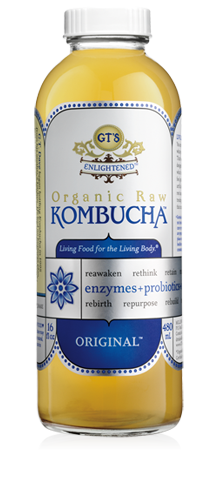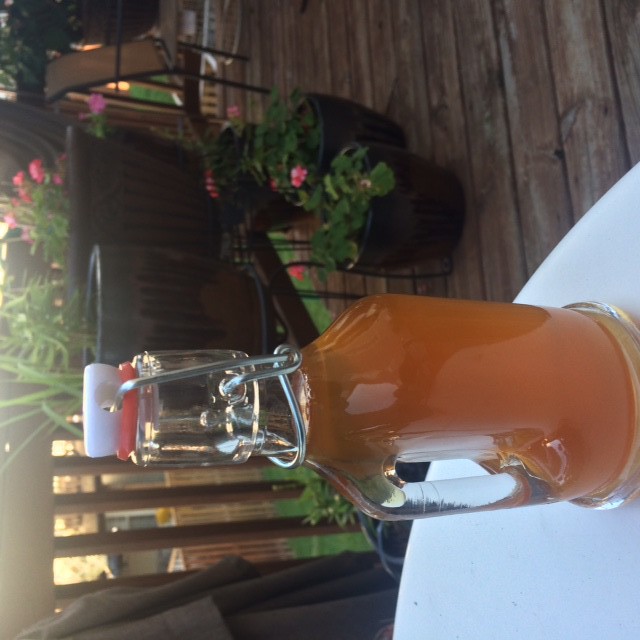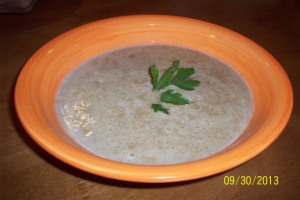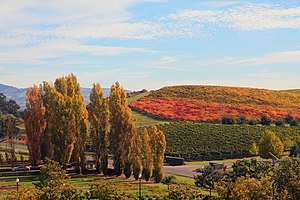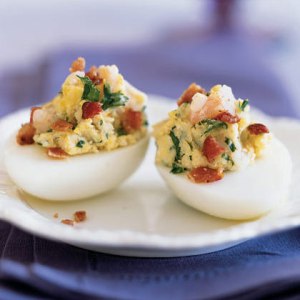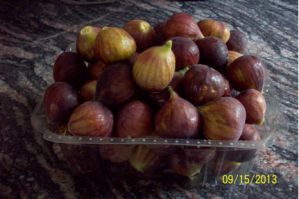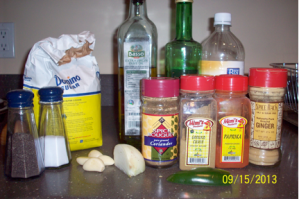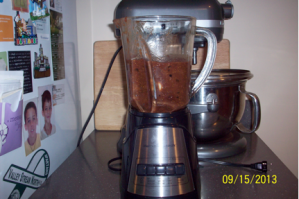Lets make kombucha the easy way!
The purpose of this post is to show you how to make kombucha from growing your own SCOBY (symbiotic culture of bacteria and yeast) or “mother” (you must have a healthy SCOBY to make kombucha) to bottling and drinking your first batch.
Background: Of late, I have been rather manic with regards to probiotics and building healthy gut flora. Your gut is responsible for nutrient absorption and a poor gut environment can mean malnutrition along with other health concerns. Some call your gut your “second brain” and its extremely important to make sure that it is as healthy as possible. In doing so, as part of my daily routine, I take a probiotic (pill form) as well as eat the typical “active culture” dense foods such as yogurt and kefir. My quest to have the healthiest food digesting, nutrient absorbing, microbiota phenomenon of a gut has also involved a ton of other probiotic foods. These typically consist of fermented foods such as sauerkraut, kimchi and drinks like…..KOMBUCHA (fermented tea) which help to create an “ideal” community of bacteria in the gut. Kombucha or “buch” as the connoisseurs refer to it, is in my mind, the easiest and most convenient way to get a probiotic boost throughout the day. I would typically purchase the GT’S brand of kombucha, from Whole Foods, which comes in several flavors. They include original, gingerberry, mango, citrus, and some weird green flavor. Since I am also on a low–carb, slow–carb diet, I stick with the original or ginger flavor as they are both low in carbohydrates. With my daily purchase, I began to notice a little problem. Kombucha is EXPENSIVE! Like $4.00 a bottle and I was drinking almost 3 a day! So what do we do? Make it ourselves!
What is Kombucha? Basically, it is fermented tea. If you try searching online, there are a ton of various ideas, concepts, complicated procedures and confusing ways to make this fantastic drink. Here is the quick and easy way to do it at home.
Materials:
- 1 liter mason jar (sterilized with boiling water)
- 5 bags of black tea (caffeinated)
- 1 cup of raw sugar
- 1 bottle of GT’S original Kombucha (usually carried at Whole Foods)
- Paper towels/coffee filter
- Rubber band
The first thing is to grow A SCOBY! (Symbiotic Culture of Bacteria and Yeast)
Step 1: Bring 4.5 cups of water to a boil and put in tea bags
Step 2: Add sugar and stir until completely dissolved.
Step 3: Let steep for 20 minutes
Step 4: Let cool to room temperature. This is very important as you do not want the tea to be to0 hot when you add the GT’S. It will kill the live cultures and destroy your chances of growing a SCOBY.
Step 5: Once tea is at room temperature (usually 2-3 hours) poor in the entire contents of the Gts original kombucha
Step 5: Secure a doubled up paper towel or a coffee filter around around the jar and place jar in a secure, warm place, out of direct sunlight.
 Step 6: Let your Scoby grow! This can take anywhere from two weeks to a month depending on the temperature of the room. It is strongly advised to check the growth every few days to ensure healthy growth. Watch out for any mold or strong odors/ indications of contamination or rotting. The contents should have a vinegar smell and the presence of a gelatinous mass growing on top (or slightly suspended in the liquid). Your SCOBY will be ready once it is about a 1/4 of an inch thick.
Step 6: Let your Scoby grow! This can take anywhere from two weeks to a month depending on the temperature of the room. It is strongly advised to check the growth every few days to ensure healthy growth. Watch out for any mold or strong odors/ indications of contamination or rotting. The contents should have a vinegar smell and the presence of a gelatinous mass growing on top (or slightly suspended in the liquid). Your SCOBY will be ready once it is about a 1/4 of an inch thick.
Making Actual Kombucha:
Once your SCOBY is ready, making the actual Kombucha is pretty much the same process. Make your liter of tea again the same way described above. Once it has cooled to room temperature, poor in a cup of the Kombucha batch that you used to grow the SCOBY and then carefully transfer the SCOBY over. It is best to use a fresh rubber/latex glove as you do not want any contamination or outside bacteria to hurt your culture. Finally place the jar in a warm location away from any direct sunlight for 7-10 days. After about the 5th day, it is good to taste your Kombucha using the straw method so that you can achieve the desired flavor you are looking for. The longer it ferments, the more tart it will become. You will also notice a new SCOBY growing on top. Make sure you transfer this over to your new batch to keep the process going.
Bottle
Once your batch is at the desired flavor, it time to bottle. I like to bottle my finished kombucha in glass airlock bottles. I think they look cool and they are perfect for this drink as they keep air out. You need to make a new batch of kombucha and transfer over your SCOBY. Then, you simply funnel the contents into the new bottle leaving about a quarter of an inch of air at the top. At this step, you can also infuse with ginger or any desired fruit. After you have done this, let your freshly bottled kombucha set at room temperature for 2-3 more additional days to get some carbonation. Then refrigerate and drink!!!
Thanks for reading and if you have any questions, leave a comment or shoot us an email at pmdproducts@gmail.com
If you are new to Kombucha, I definitely recommend GT’S for to try before you begin making your own!

